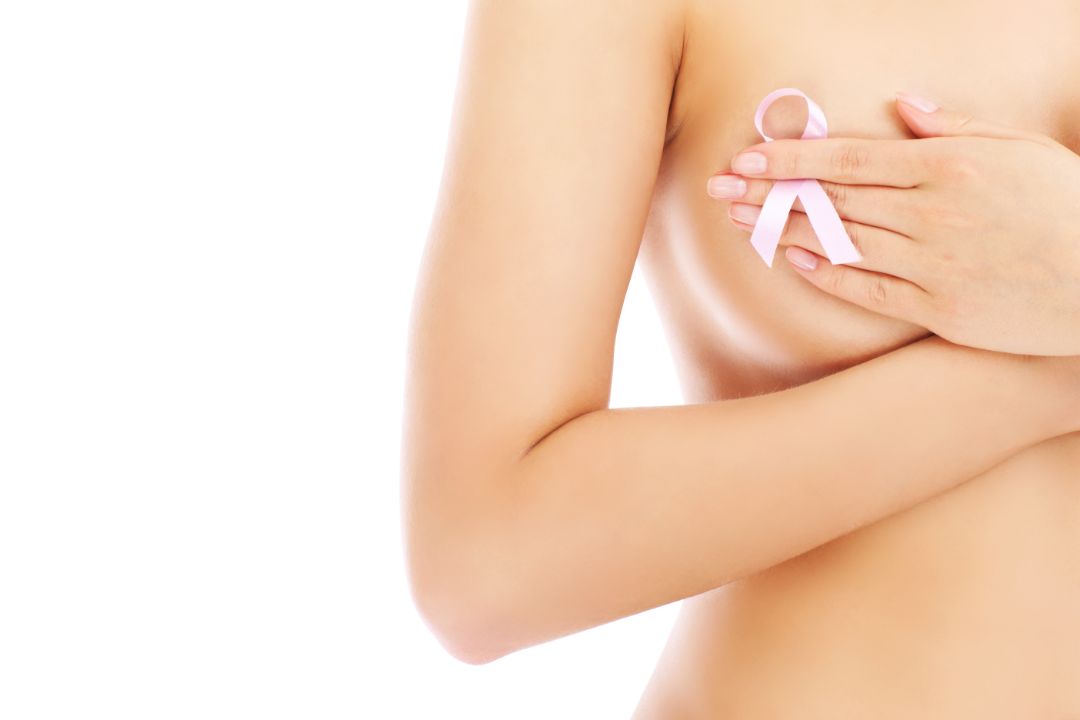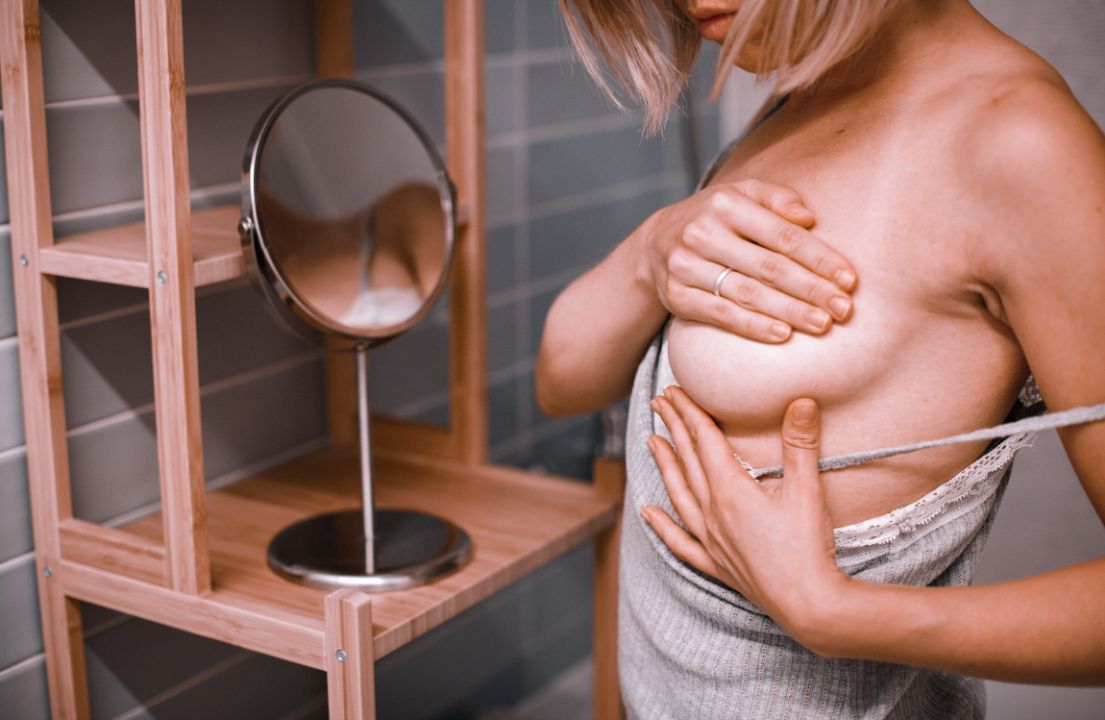Mastitis is an inflammation of breast tissue that can occur in women who are lactating. It is a breastfeeding-related complication that can cause discomfort for nursing mothers. There are different types of mastitis, including lactational mastitis and postpartum mastitis, both of which can be painful and potentially lead to complications if left untreated.
The common causes of mastitis include a blocked milk duct, which prevents the milk from flowing freely, and a mammary gland infection, which may occur due to bacteria entering the breast through a cracked nipple. Symptoms of mastitis include breast pain, redness, swelling, tenderness, warmth, fever, and flu-like symptoms. If left untreated, mastitis can cause a breast abscess, which may require surgery to drain.
Treatment for mastitis involves antibiotics to treat the infection and relieve symptoms. Home remedies, such as rest, hydration, warm compresses, breast massage, and breast support can also help alleviate symptoms. It’s important to seek lactation support to address any breastfeeding challenges that may be contributing to the issue, as well as to prevent future occurrences of mastitis.
While mastitis can be a painful and overwhelming experience, several treatment options are available to help manage the symptoms and get you back to feeling like yourself again.

Photo Credit: macniak, Envato
In cases of lactation mastitis, antibiotics are often necessary to clear up the infection. Your healthcare provider may prescribe a course of antibiotics to be taken over the course of several days. Be sure to complete the full course of antibiotics, even if you start feeling better before you finish them.
In addition to antibiotics, several home remedies can help alleviate the symptoms of mastitis. Rest and hydration are important for recovery, while warm compresses can help to relieve breast pain and swelling. Gentle breast massage can also help to loosen any blocked milk ducts.
Breast engorgement can be another uncomfortable symptom of mastitis. Applying cold compresses to the breasts or using cabbage leaves can help to reduce swelling and discomfort. It’s also important to wear a supportive, well-fitting bra to help prevent breast engorgement.
Seeking lactation support can be incredibly helpful in addressing any breastfeeding challenges that may be contributing to this condition. Working with a lactation consultant or counselor can help you improve your breastfeeding techniques and positions and address any issues with nipple care or breast pumping.
Mastitis is a condition that can be prevented with proper breastfeeding techniques and hygiene practices. Here are some tips to help prevent it:
Seeking support from lactation consultants and counselors can also help prevent mastitis. They can provide education and assistance with breastfeeding techniques and positions, as well as offer advice on how to maintain proper breast hygiene and pumping strategies.

Photo Credit: anita_bonita, Envato
Remember, taking care of yourself and practicing proper breastfeeding techniques and hygiene habits can go a long way in preventing mastitis. If you do experience symptoms, seek medical attention promptly to prevent complications.
When mastitis is diagnosed, treatment is typically necessary to address the infection and alleviate symptoms. The course of treatment will depend on the severity of the infection and the woman’s overall health status. In some cases, hospitalization may be required, particularly if the infection has progressed and caused an abscess in the breast.
Antibiotics are often prescribed to treat mastitis. These medications work to eliminate the infection and prevent it from spreading. The type of antibiotic prescribed will depend on the specific type of bacteria causing the infection. It’s important to take the full course of antibiotics as directed, even if symptoms start to improve before the course is completed.
It’s also important to note that antibiotics can have side effects. Common side effects include upset stomach, diarrhea, and yeast infections. Women who experience adverse reactions to antibiotics should contact their healthcare provider immediately.
In addition to antibiotics, several home remedies can be used to alleviate symptoms and promote healing. These include:
Finally, seeking lactation support can be an important aspect of mastitis treatment. A lactation consultant or counselor can provide education and support to help address any breastfeeding challenges that may be contributing to the issue. This may include teaching proper breastfeeding techniques and positions, providing nipple care tips, and guiding women through the process of breast pumping and milk expression.

Photo Credit: Prostock-studio, Envato
Overall, treatment for mastitis typically involves a combination of antibiotics and home remedies, with the addition of lactation support as needed. It’s important for women to seek prompt medical attention if they suspect they may have this condition, as early treatment can help to prevent the infection from progressing and causing complications.
If you’re experiencing mastitis, you may have questions about complications, breast abscesses, and methods to increase breast milk production. Here are some frequently asked questions to help you better understand this condition and how to manage it.
Many communities offer breastfeeding support groups that can provide advice and encouragement. Check with your obstetrician or midwife, local hospital, or public health department for information on groups in your area. You can also find online support groups and forums where you can connect with other breastfeeding mothers.
If left untreated, mastitis can lead to a breast abscess, a painful collection of pus requiring drainage. In rare cases, it can progress to a blood infection, which can be life-threatening. It’s important to seek treatment right away if you suspect you have mastitis.
Several methods may help increase breast milk production, including frequent breastfeeding or pumping, ensuring proper latch and positioning, staying hydrated, and getting enough rest. Lactation consultants and counselors can also provide guidance and support to help you establish and maintain a healthy milk supply.
Breast drainage is the removal of breast milk or pus from a breast abscess. It’s usually performed by a healthcare provider and can help relieve pain and pressure. Drainage may also be necessary if an abscess doesn’t go away with antibiotics or if it continues to fill with pus.
Remember, the best way to prevent mastitis is to practice good breastfeeding hygiene, ensure proper latch and positioning, and seek help from lactation professionals if you’re experiencing any breastfeeding challenges.